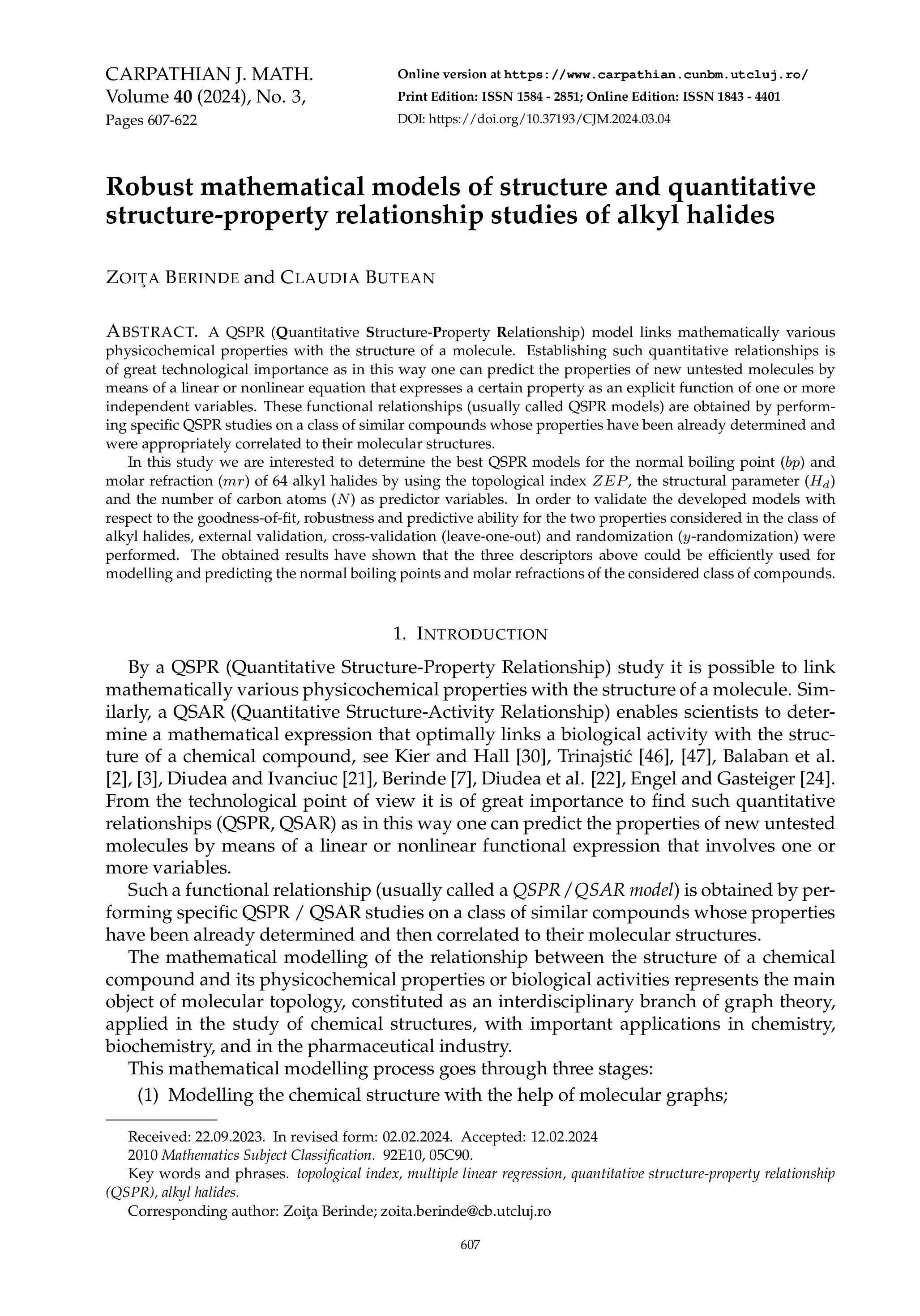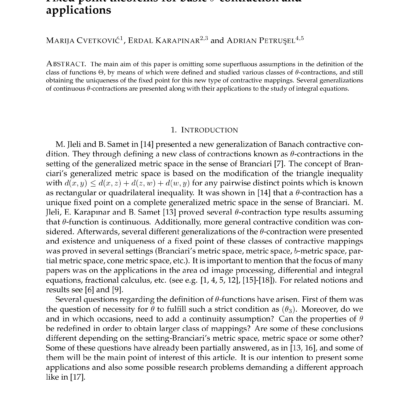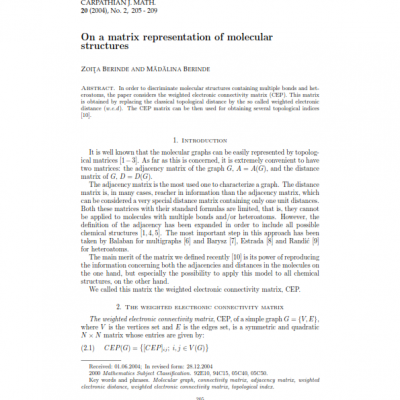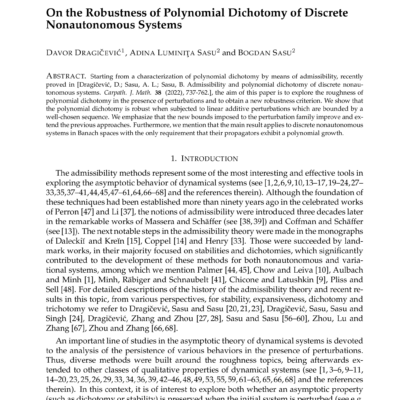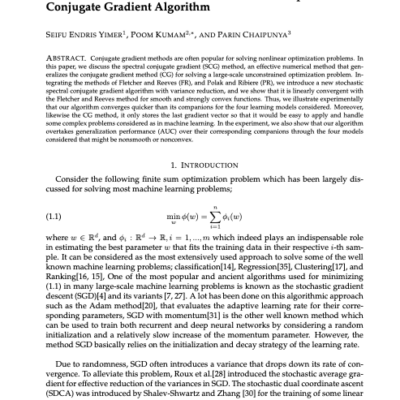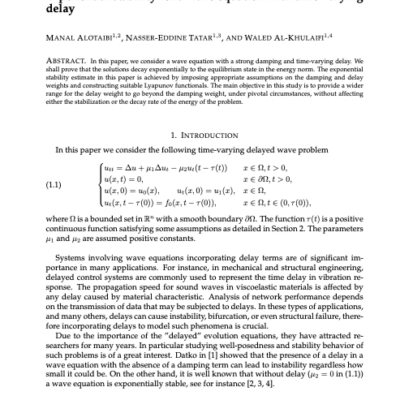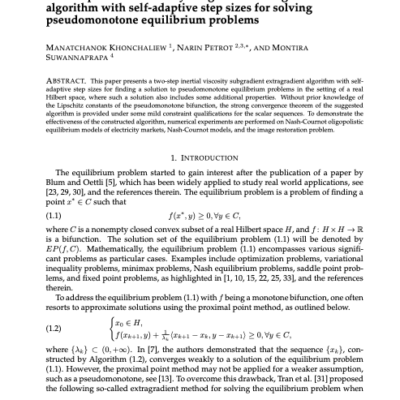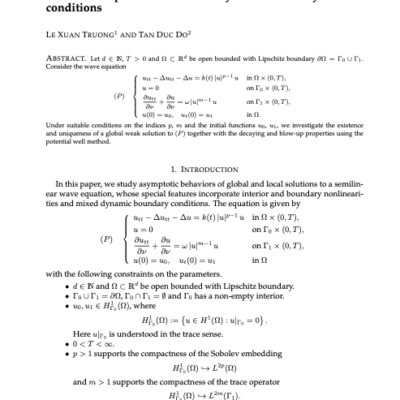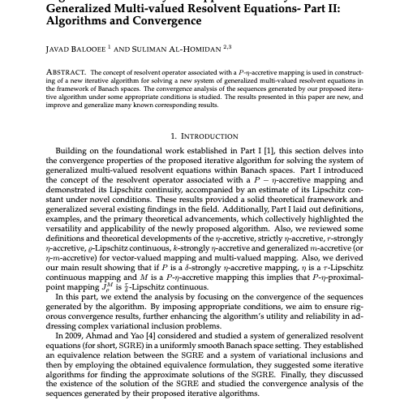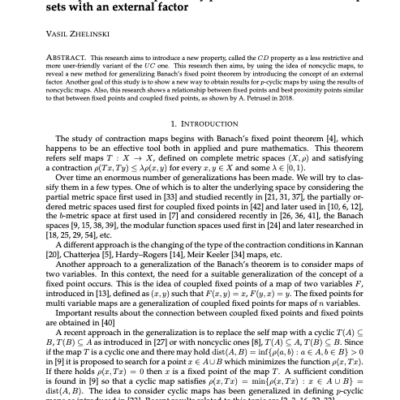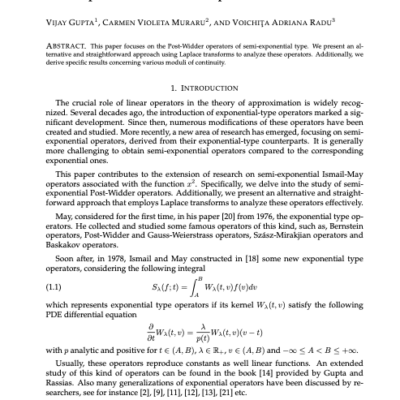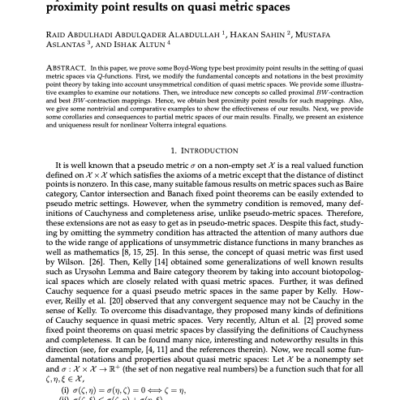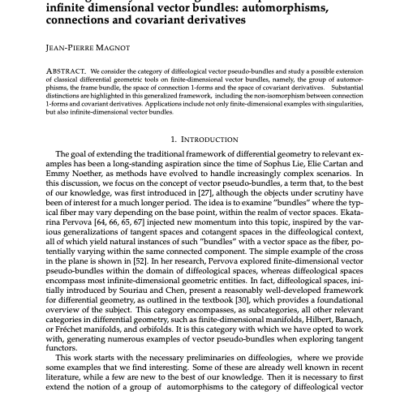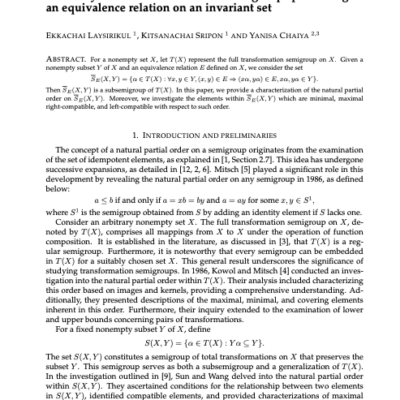A QSPR (Quantitative Structure-Property Relationship) model links mathematically various physicochemical properties with the structure of a molecule. Establishing such quantitative relationships is of great technological importance as in this way one can predict the properties of new untested molecules by means of a linear or nonlinear equation that expresses a certain property as an explicit function of one or more independent variables.
These functional relationships (usually called QSPR models) are obtained by performing specific QSPR studies on a class of similar compounds whose properties have been already determined and were appropriately correlated to their molecular structures.
In this study we are interested to determine the best QSPR models for the normal boiling point (![]() ) and molar refraction (
) and molar refraction (![]() ) of 64 alkyl halides by using the topological index
) of 64 alkyl halides by using the topological index ![]() , the structural parameter (
, the structural parameter (![]() ) and the number of carbon atoms (
) and the number of carbon atoms (![]() ) as predictor variables. In order to validate the developed models with respect to the goodness-of-fit, robustness and predictive ability for the two properties considered in the class of alkyl halides, external validation, cross-validation (leave-one-out) and randomization (
) as predictor variables. In order to validate the developed models with respect to the goodness-of-fit, robustness and predictive ability for the two properties considered in the class of alkyl halides, external validation, cross-validation (leave-one-out) and randomization (![]() -randomization) were performed. The obtained results have shown that the three descriptors above could be efficiently used for modelling and predicting the normal boiling points and molar refractions of the considered class of compounds.
-randomization) were performed. The obtained results have shown that the three descriptors above could be efficiently used for modelling and predicting the normal boiling points and molar refractions of the considered class of compounds.

